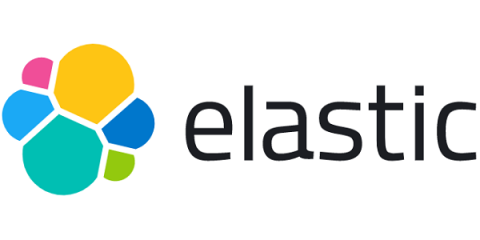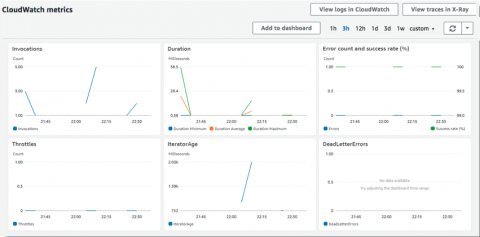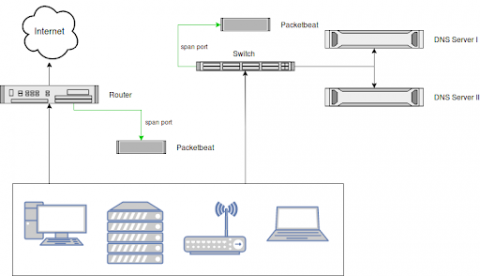Migrating your Splunkbase App and Users to Splunk 8.0
Earlier this year Python 2 entered End of Life — and Splunk has already released versions of Splunk Cloud and Splunk Enterprise that provide a Python 3 runtime. As the developer of an app that is published to Splunkbase, if your app contains Python code, you need to update it to work with Python 3 and Splunk Enterprise 8.0 by July 1, 2020 as the Splunk Enterprise and Splunk Cloud releases after that date will no longer support the Python 2 runtime.









